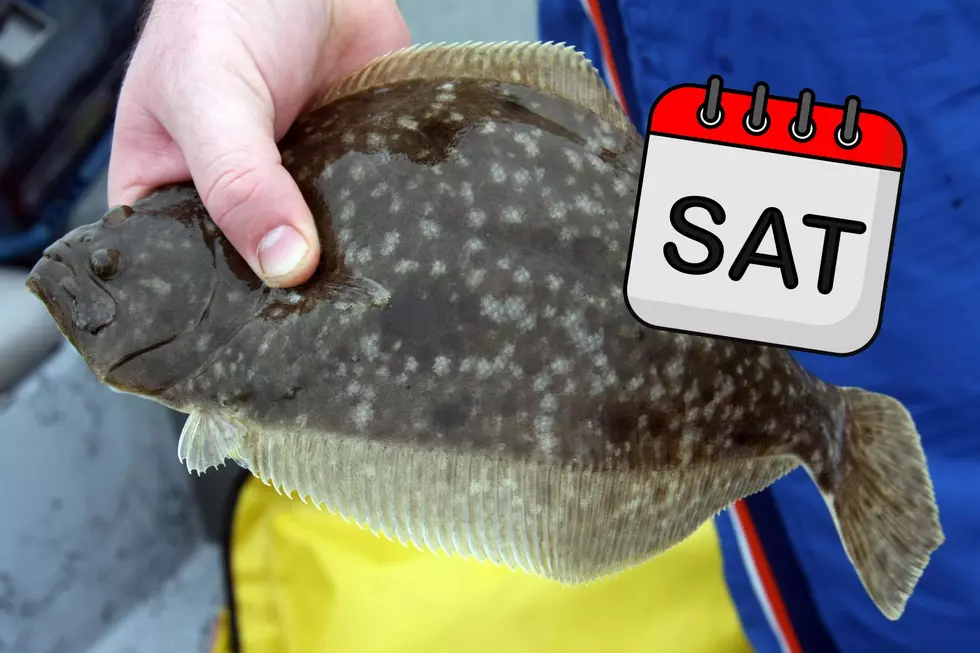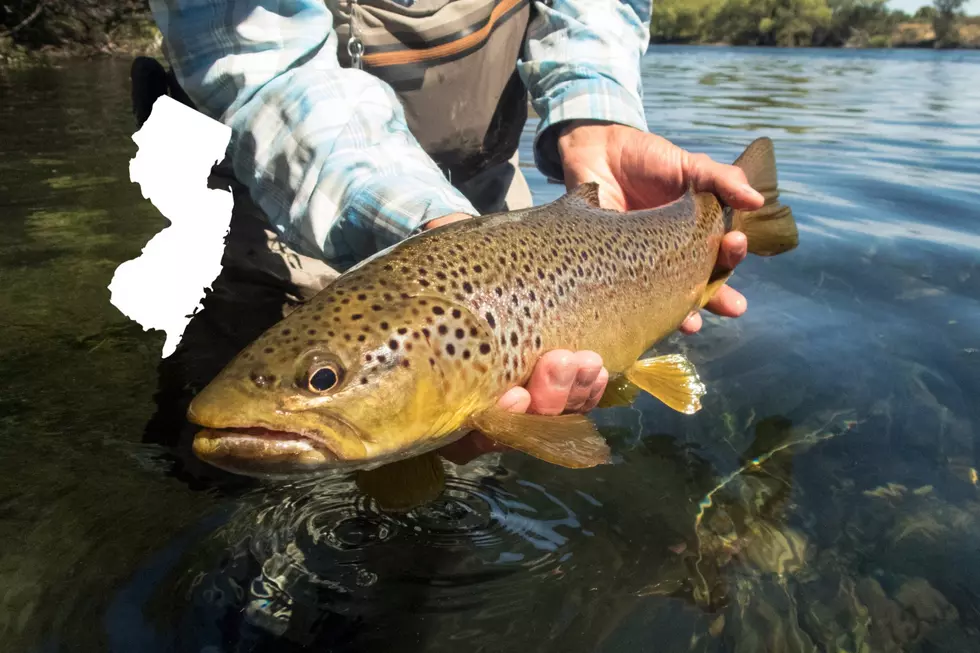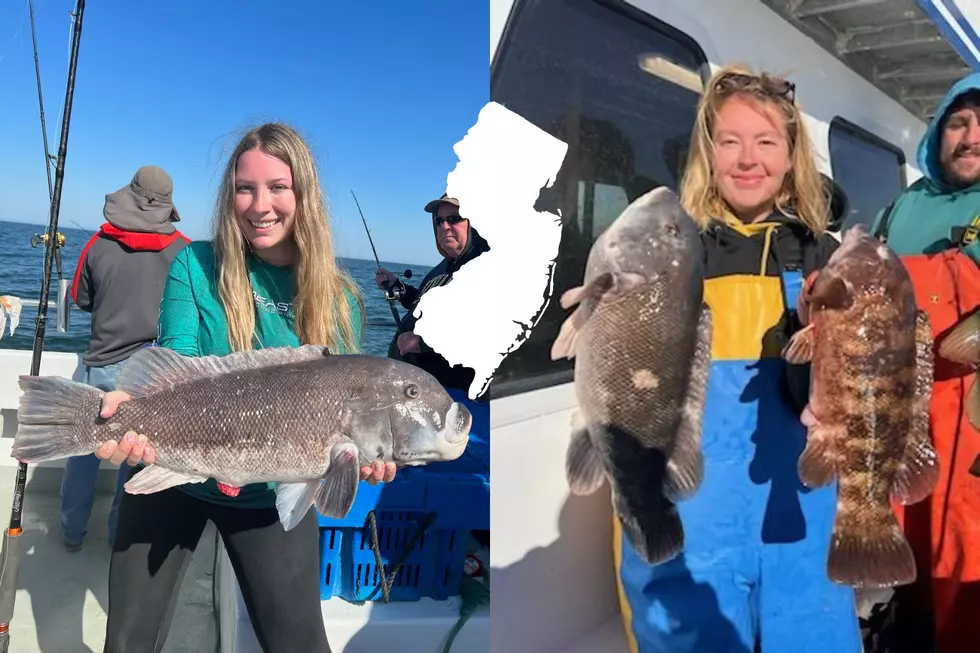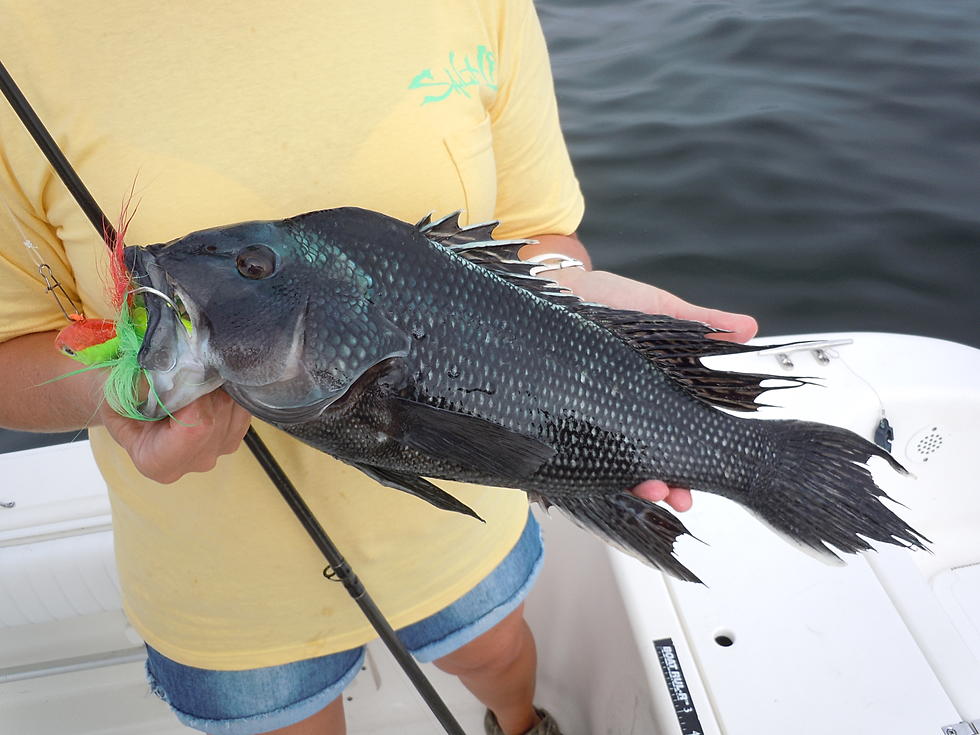
Turtle Time
“Oh. Yeah, she’s back every year. A few others as well. Kind of a sanctuary here for them,” observed Justin Theno, the manager of the long-standing Allen’s Dock Marina in New Gretna.
“She” was a northern diamondback terrapin who had emerged from the Bass River and was setting up a household on a patch of gravel.
Fast forward a couple of weeks.
“That was the third one that swam by.”
Such was the out loud observation during a recent skinny water bay sortie seeking some flounder fillets for a new dinner recipe.
“That” was northern diamondback terrapin, the last of a trio that had kicked along within easy view from the skiff.
This gorgeous turtle that was once abundant along the Garden State tidal salt marshes and estuaries until its delectable flesh, and fancy as a pet, led to unregulated capture, and nearly proved its demise.
Protections were put in place, and this reptile is now listed as a species of concern, i.e. hands off. Don’t harass. Don’t catch. And above all, don’t kill, or try not to. Case in point: driving down any of the myriad roads at first light and again towards dusk will, at this time of year, most likely reveal a terrapin trying to make its way from one side to another. Sometimes a squash is unavoidable, but take all precautions, as in driving slowly.

Like to put a commercial-style crab trap out overnight, or leave it in most of the day before checking? Well, the entrances had better be outfitted with turtle excluder device to prevent terrapins from entering. According to the NJ DEP’s Fish & Wildlife, “All commercial style crab pots (traps) set in any body of water less than 150-feet wide at low tide or in any man-made lagoon, must include diamondback terrapin excluder devices.”
Most traps for sale at retailers already have these installed and if not, a set is certainly inexpensive enough (anywhere from $10-$20) to warrant the protection they afford to the turtle that once in, usually never finds its way out.
Hence, a drowned, and dead, diamondback.
More land-based, and active (if you want to call it that) are the box, and snapping turtles, aka “snappers”.
The latter throwback to the Cretaceous we’ll leave to an upcoming blog.
The orange ‘n yellow slow moving box turtle has a microscopic home range and appears, like clockwork, spring after spring after spring. It’s quick to close (“box up” in Turtle Talk), becoming totally enclosed, at any perceived threat.
See one roadside, or in the middle of the street, pick it up (if traffic safety allows), and put it safely in the direction it’s traveling.
Sometimes, though, bad things happen. It’s unavoidable. Our longtime family fave, Bernie the Box, was found floating in the goldfish pond. The ancient obviously became disoriented, climbed the stones, and "plop," into the drink. I found him floating a day or two later, netted him out, and, figuring a fleshed-out shell in a year or so, buried the carcass under a knee-high pile of lawn clippings compost.
Two days later I noticed a turkey vulture hanging out in the leafing white oak above the grave site and, when walking on the deck saw it, and another that was on the ground, take flight. A local jet-black feral cat we named Cinders took off through the brush. Compost mound shredded asunder. Long story short: Bernie’s body had vanished, shell and all.
Fast forward again. This time approximately a year.
“Look what I found out in the back along the fence while I was raking” proffered my wife, D’Marie, showing a perfectly cleaned, by Mother Nature, box turtle shell.
Bernie was home. Actually, he never left the premises.
Figuring what to do with the reptilian reminder, we enlisted the services of long-time nature lover and for-fun crafter Sharon Eggert, who, after hearing the story, designed a perfecto memento to our long-time box turtle resident.
Nature abhors a vacuum. Our new box turtle resident, Betty, is establishing her territory.
“Vive la tortue boite!”









